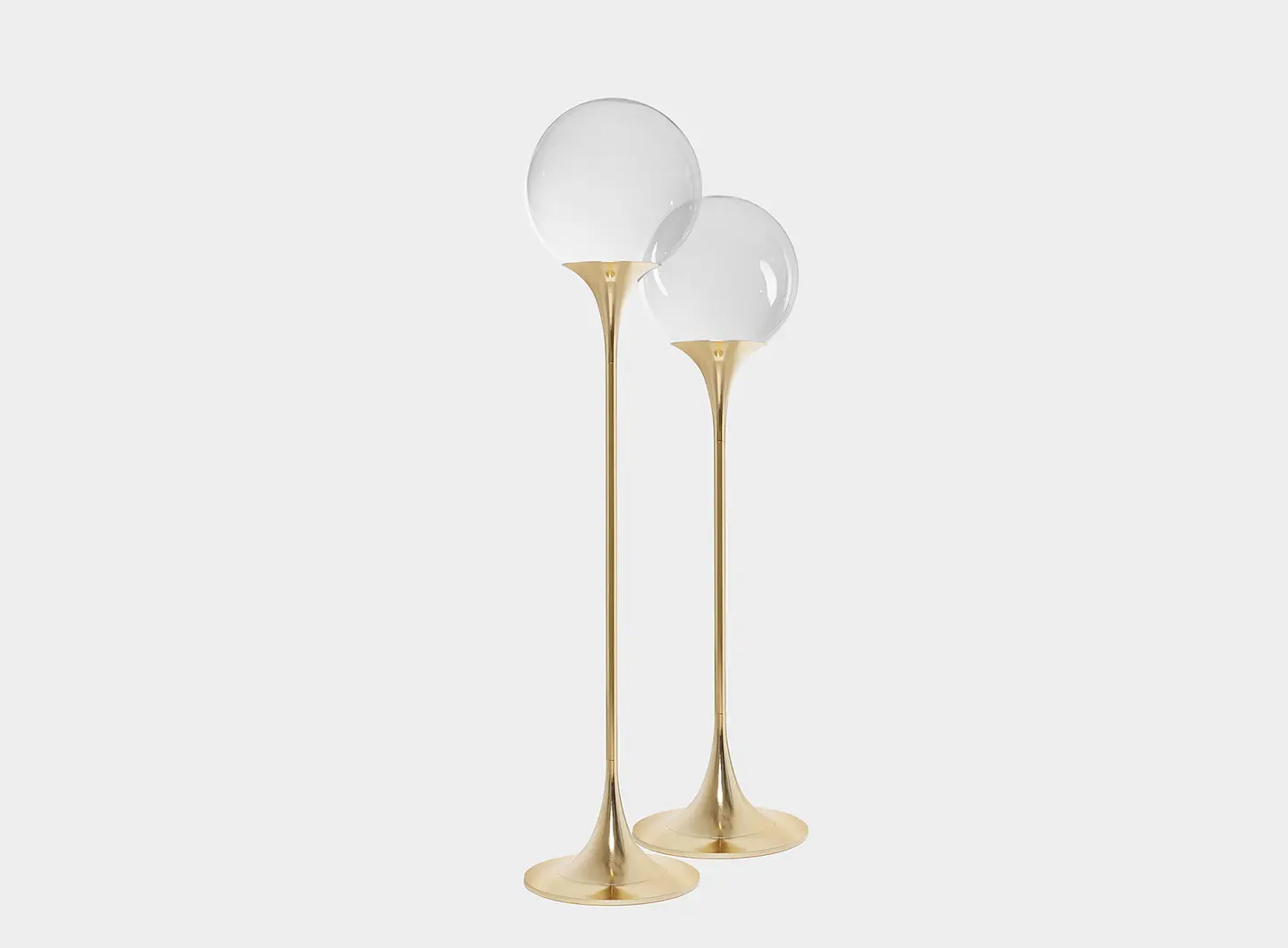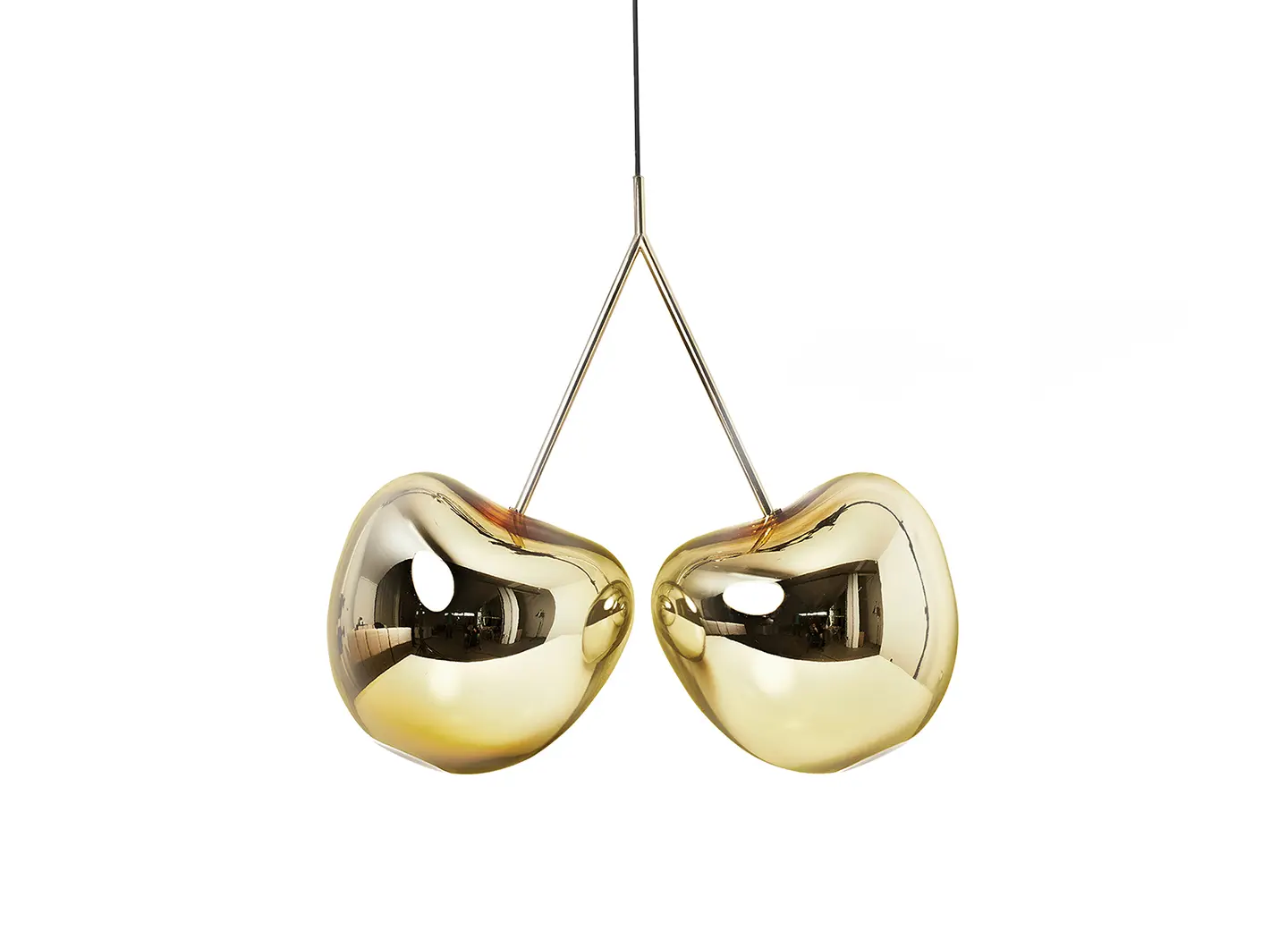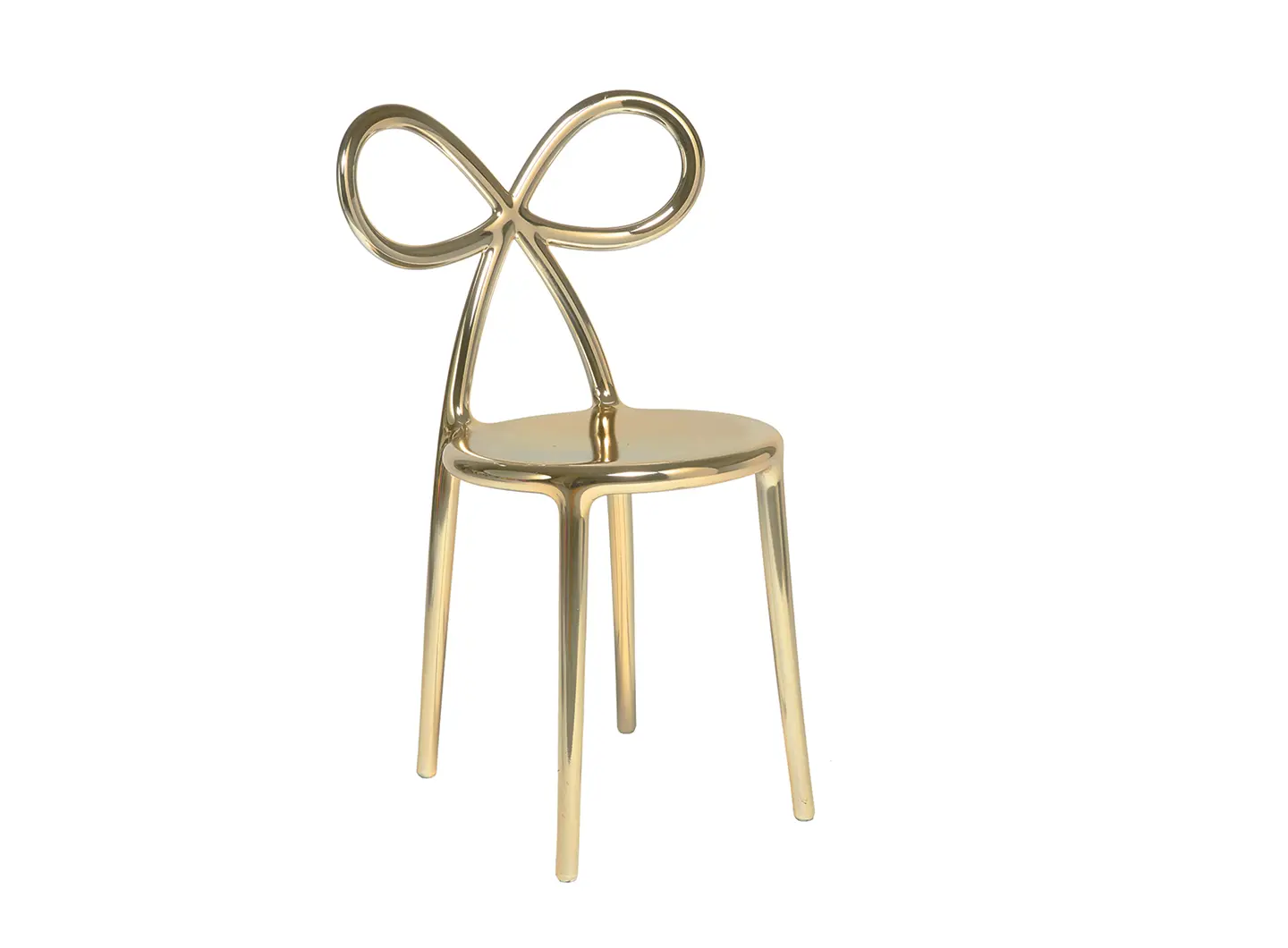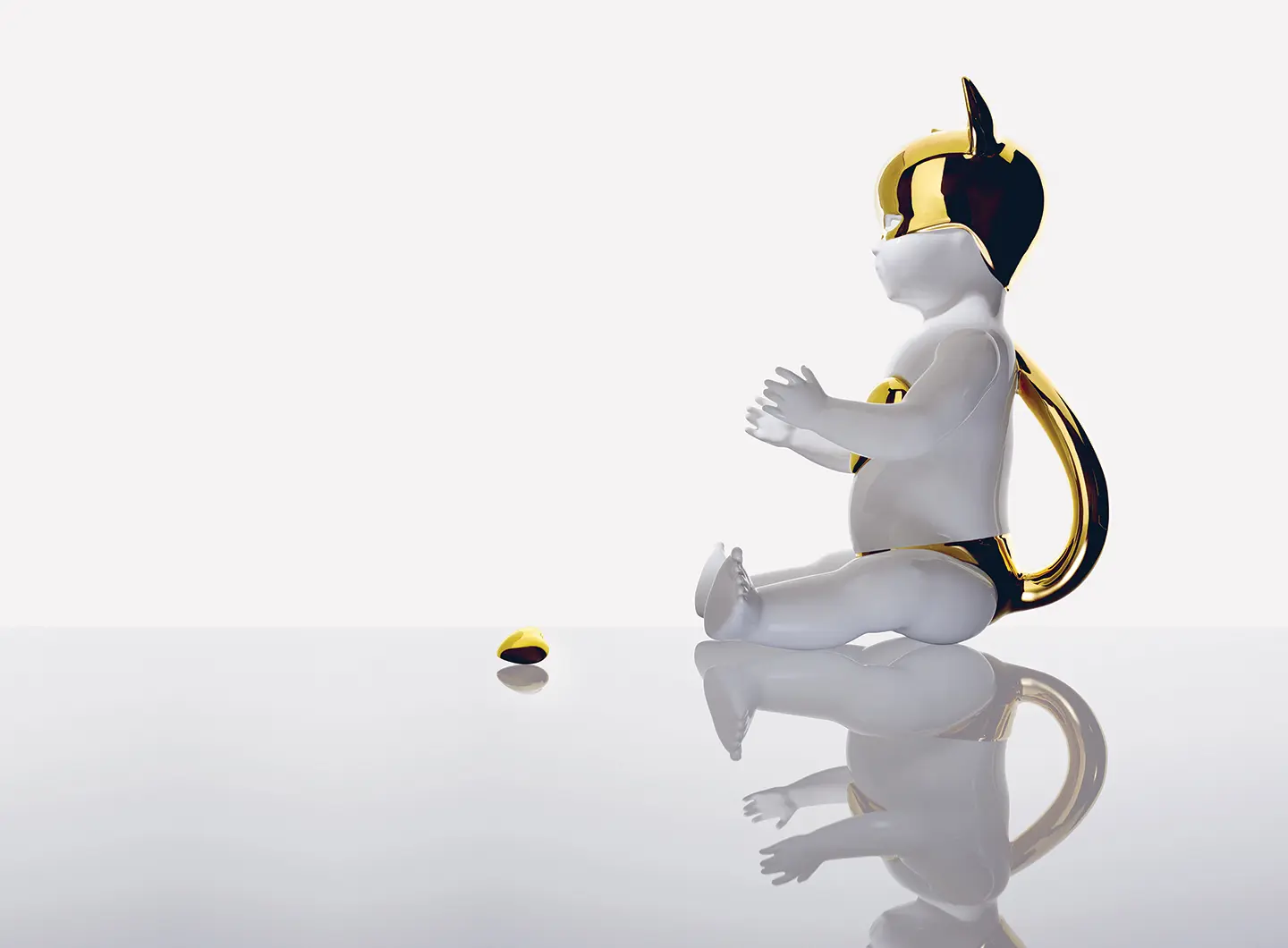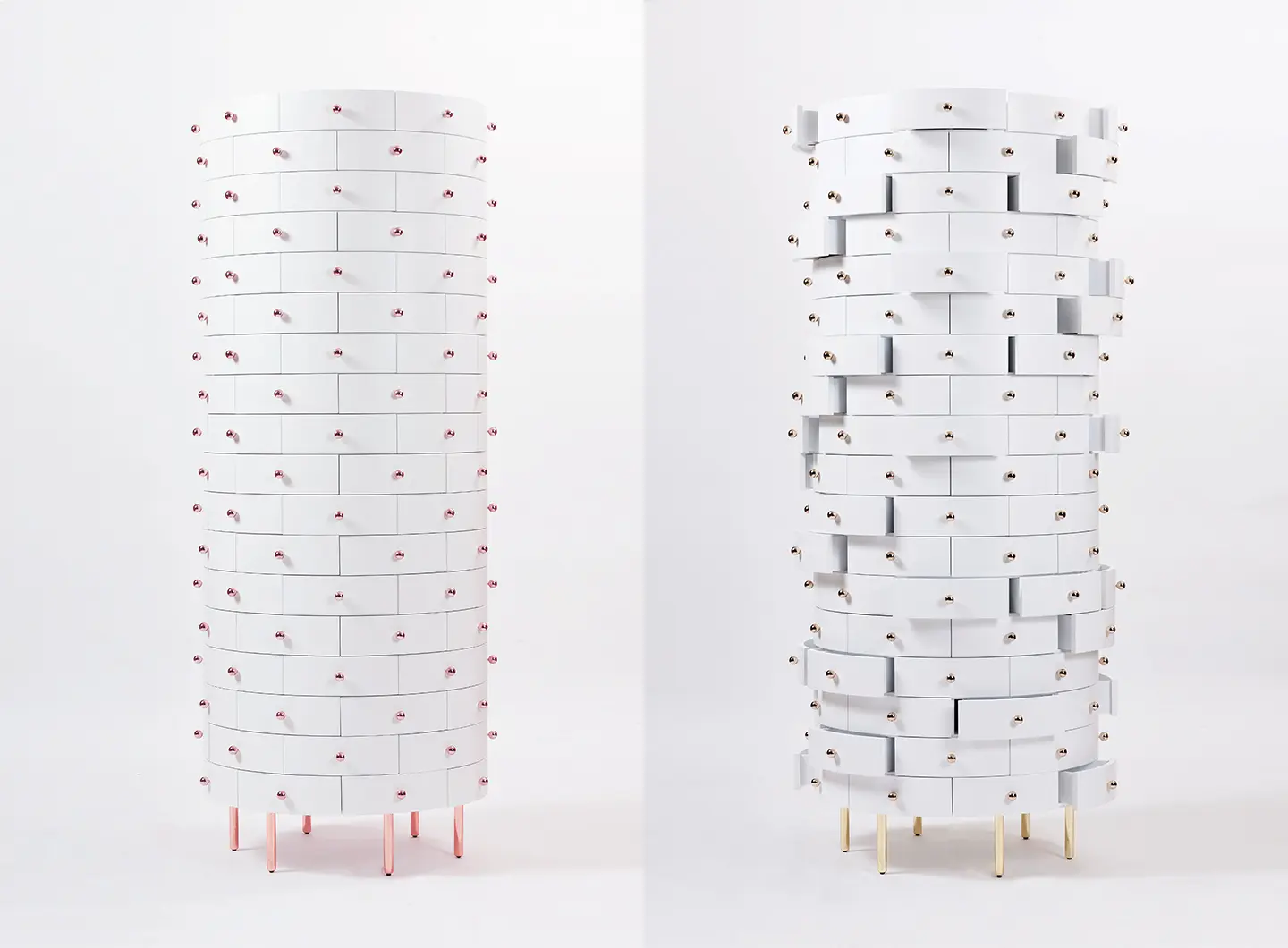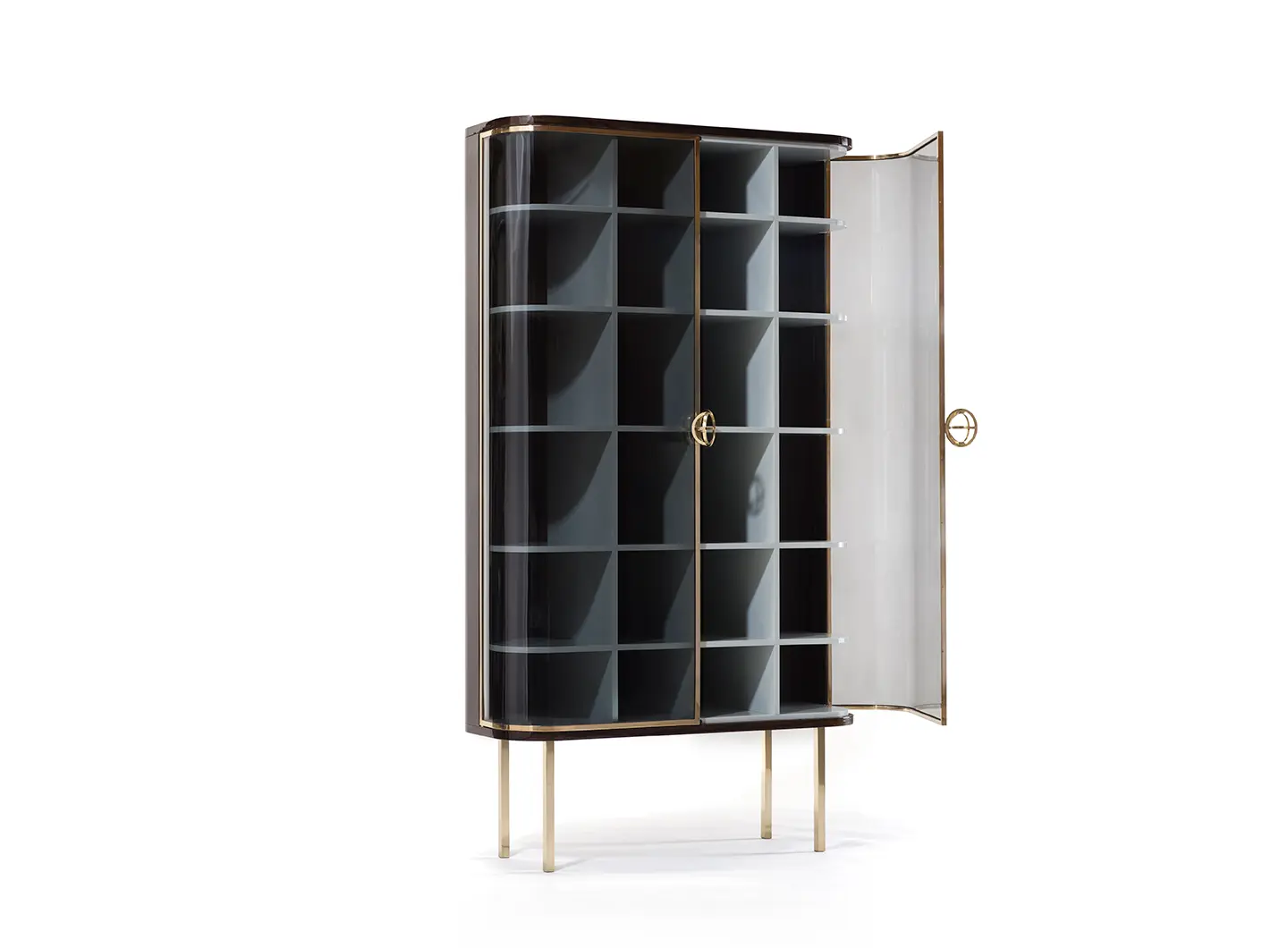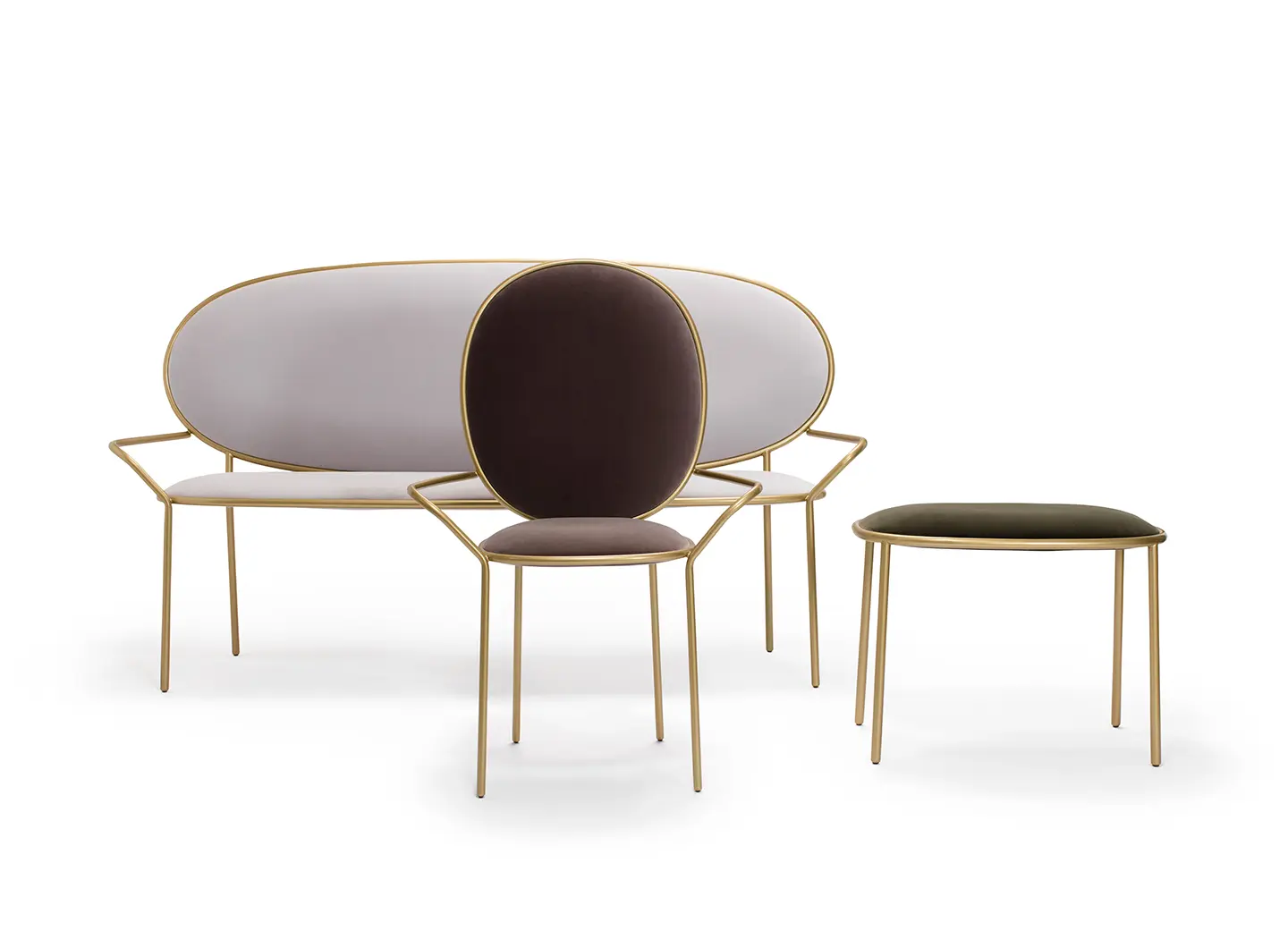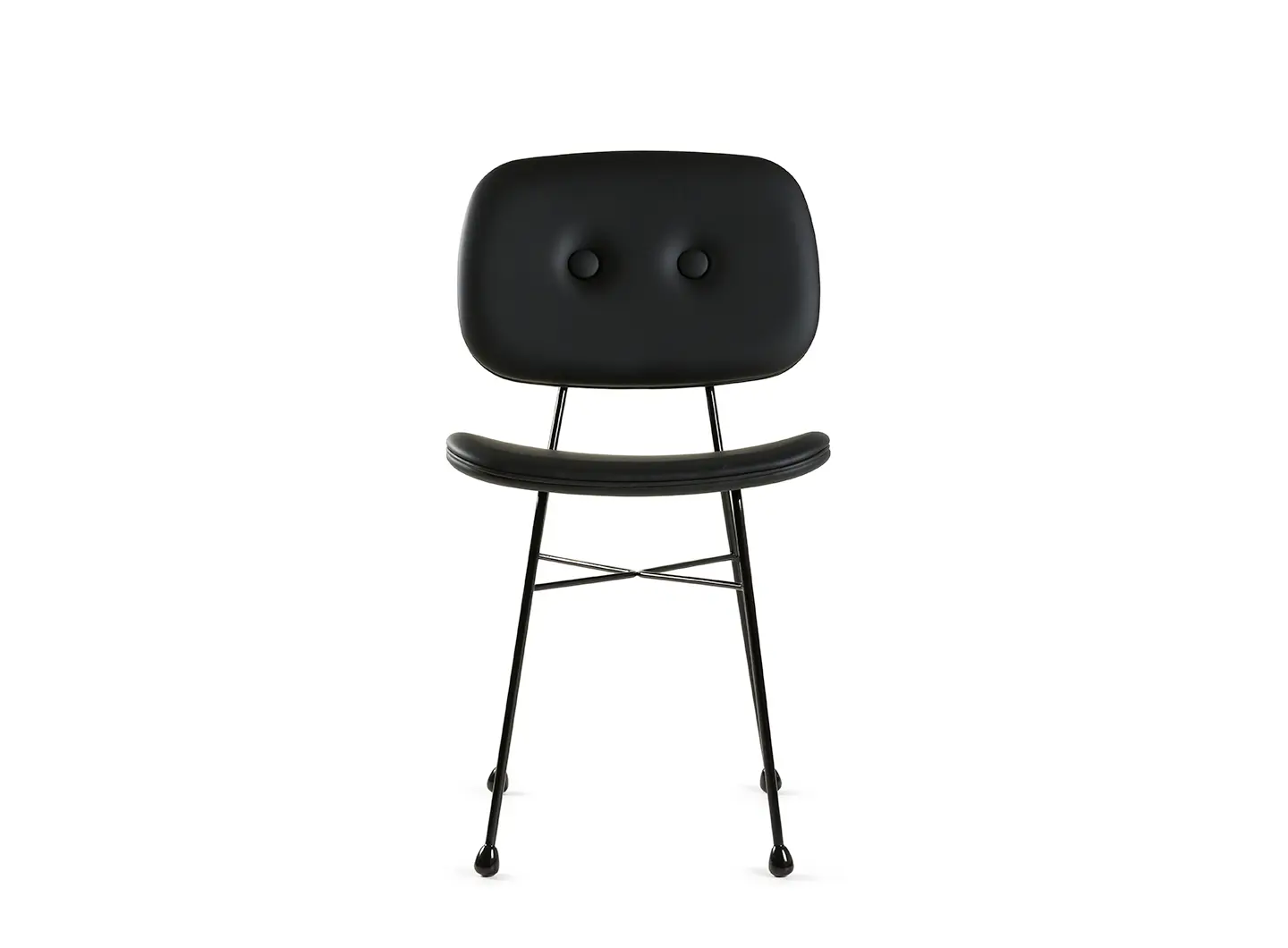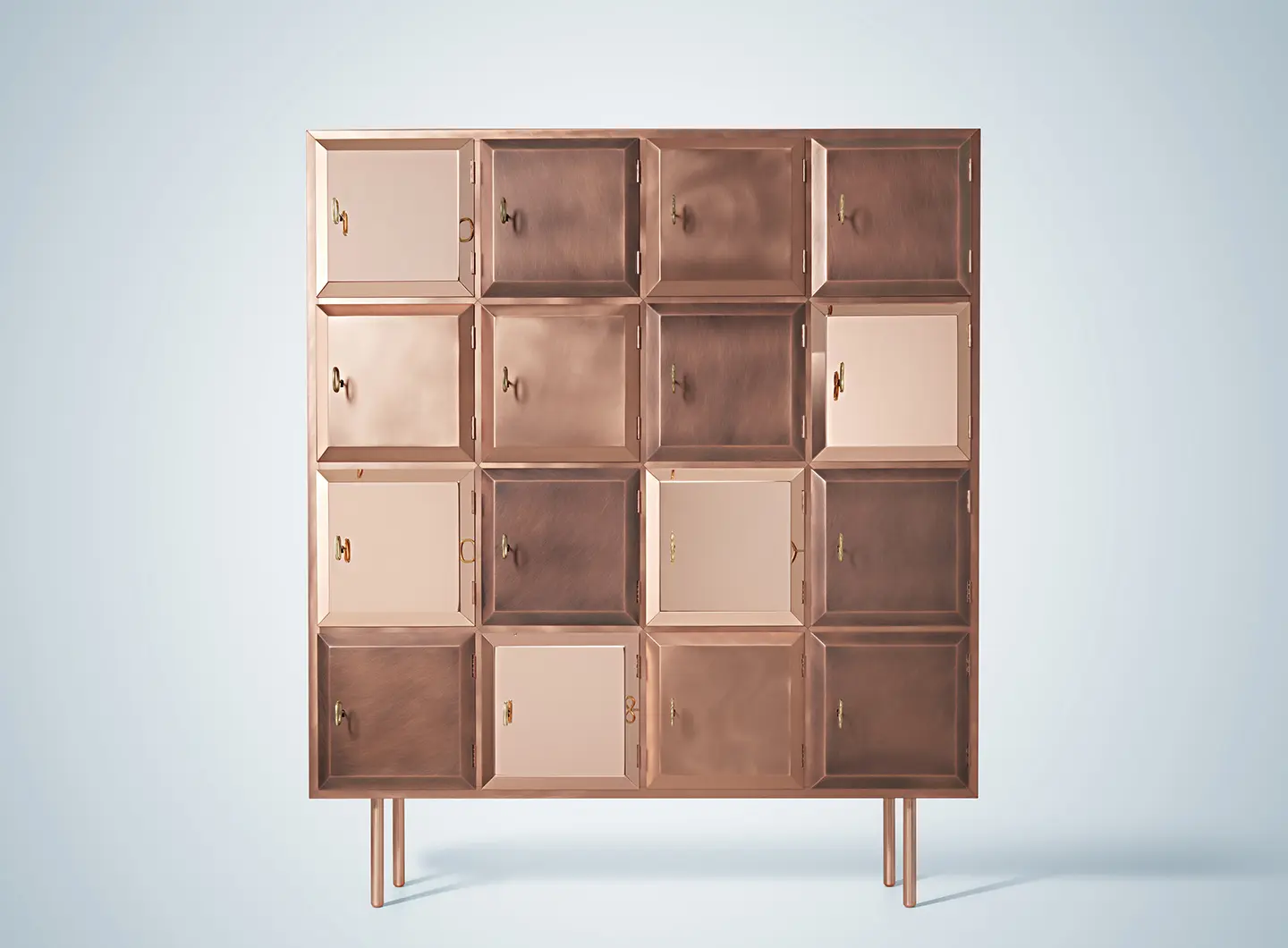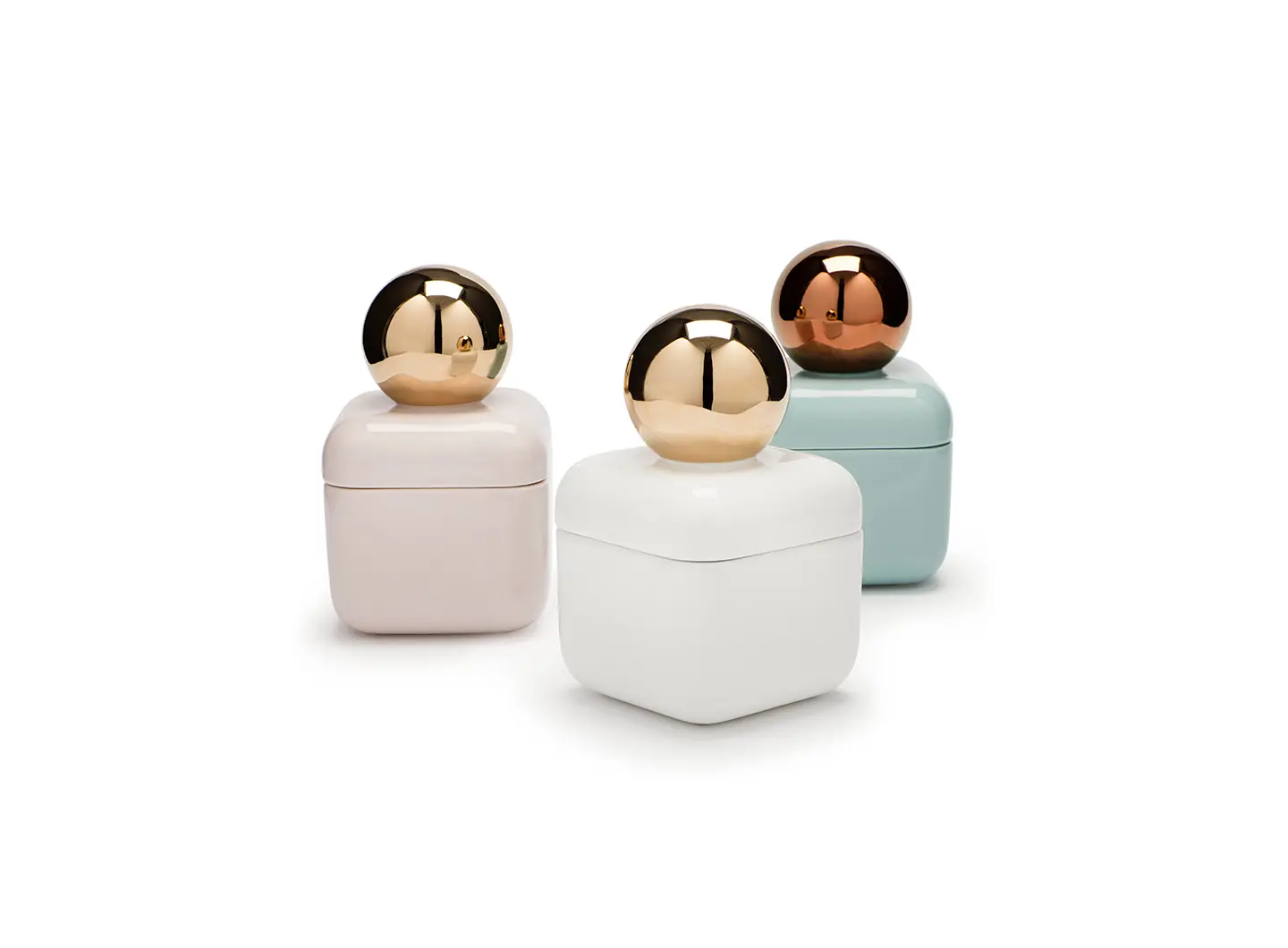From BIG to David Chipperfield, Frank Gehry to Snøhetta: a world tour of the best buildings set to open in 2026

Measured eclecticism with precision and a quest for archetypal visual elements characterise his designs, along with the emotional ergonomics of which he often speaks.
Based in Ljubljana, working in fields ranging from furniture to fashion since 2007, her work is set apart by that little bit extra. Not just shape or decoration but, as she puts it, it’s “the emotional ergonometry ” that she believes we cannot and will not be able to do without, especially in the future. A quality that the many companies she works with hold high, and to which the lengthy list of exhibitions she has taken part in and awards she has won is testament. 2020 heralds many new designs and we are as excited as she is about next April!
I believe that storytelling is, first and foremost, a very important part of contemporary design. In my opinion the modern phrase “form follows function” still holds true, but the meaning of the phrase in the new millennium has become somewhat elastic. I love working with icons of all periods and elegantly subverting them, whether they are iconic shapes, have iconic back stories, materials or functions. I train my brain to work like a sort of visual filter, collecting references from every angle of our culture, reflected through the most ordinary, everyday reality. Carefully gauged eclecticism and intentionally sought archetypal visual elements are the parameters I apply to my work, intentionally, but very discreetly. By deliberately incorporating these into my rather rational, minimal and functional designs, I am trying to give expression to themes that haven’t yet been articulated in the design profession.
I don’t believe there really is a female design language, or at least I don’t think the word “female” is the right one to use in this context. I believe that design is genderless as such, but of course there are countless stories or themes that can be addressed through design, including the issue of gender. In terms of different design approaches, I’d like to add that there’s just a different poetry, a different design approach, through which one can address a particular design task, but I don’t think we should talk about female design language.
I think sustainability is key in design and the most important, crosscutting issue for our society. Sustainability is now a meta trend, so it’s a movement that will radically change our society, it will change production methods, the way we live, it will really impact our everyday life. Needless to say, it’s an issue that can be addressed in many different ways, not just through by using recycled or green materials.
I think true luxury is actually a rare find and I think it is based on the principle of how things are made, from the design vision, to the sketch, the planning process and right through to the end product. For me, true luxury lies in knowledge, materials, production methods, commitment to certain values, commitment to the philosophy of the design story and to the philosophy of a particular company. These parameters can be found in all excellent companies or excellent products, not necessarily just in high-end luxury brands. The emotional value, or even more precisely, the emotional ergonomics of products in any area of manufacturing are something I consider to be a crucial element in contemporary design. I believe design can be a powerful tool for spreading a message or, simply, asking a question, making people think and marvel, and you can achieve that with emotional ergonomics.
The biggest luxury for me is to have time, to indulge my desires, which are not necessarily connected with design. To be able to do the sports I love, training, boxing, windsurfing. Communing with wild nature. Experiencing life outside the box.
I’ve just presented a new chair, Juliette, for the Spanish brand Houtique, at Maison et Object in Paris and right now I’m finishing new products and collections with some of the brands I‘ve worked with previously, like Sé, Ditre Italia and Scarlet Splendour, which will be presented at the Salone del Mobile in April in Milan. We’re also working on some new and very exciting collaborations, that will be presented at Milano design week in April too. I can’t say any more right now, it’s a bit premature, but what I can say is that the upcoming projects are really exciting and I’m really looking forward to April.
My advice would be very simple: be unique, true to yourself, fearless, courageous and passionate about what you do.

A Matter of Salone: the new Salone communication campaign
From a reflection on humans to matter as meaning: the new Salone communication campaign explores the physical and symbolic origins of design, a visual narration made up of different perspectives, united by a common idea of transformation and genesis


Salone 2025 Report: The Numbers of a Global Event
Data, analyses, and economic, urban, and cultural impacts. The second edition of Salone del Mobile’s “Milan Design (Eco) System” Annual Report takes stock of a unique event and consolidates the fair’s role as the driving force behind Milan as the international capital of design



 Exhibitions
Exhibitions
